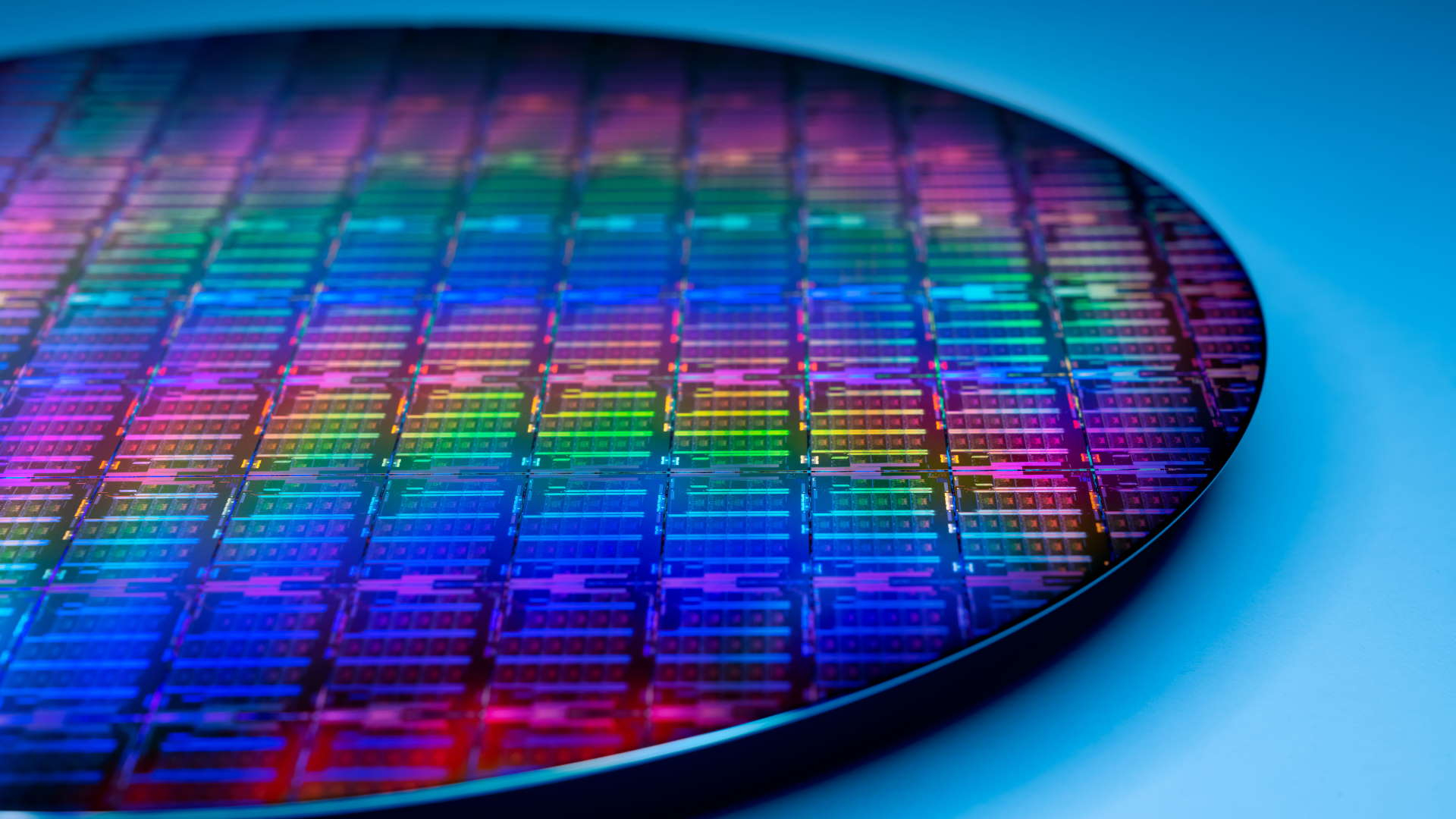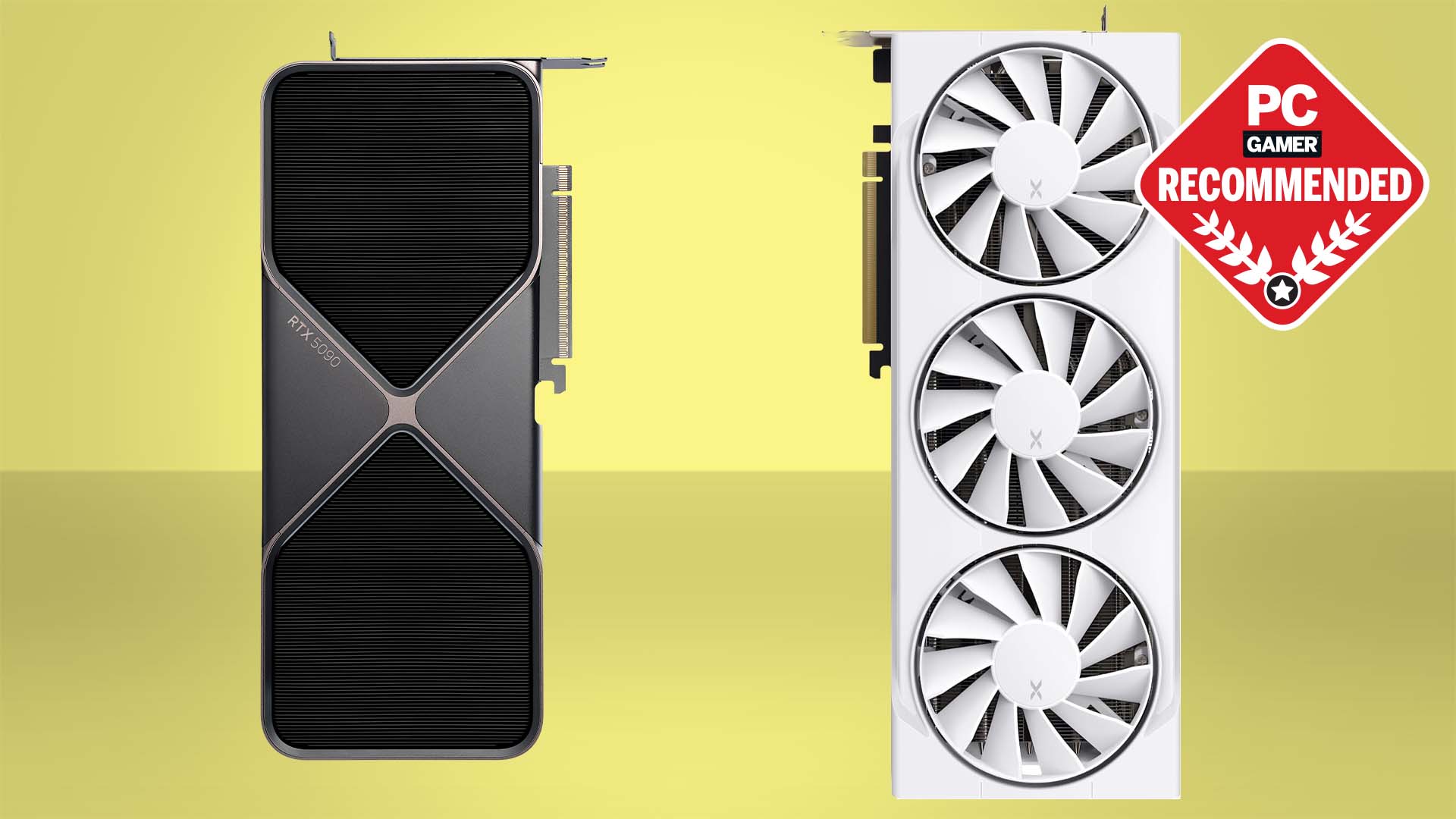Intel's next-gen CPUs could deliver a 75% increase in L2 cache, which would be big news for gamers
If a Core i9 15900K tips up with eight Performance cores and 32 Efficient cores, we're looking at potentially 56MB of L2 cache. At least.

In a development that will surprise no-one who knows computing history, it has been rumoured Intel's next-gen desktop CPUs, codenamed Arrow Lake, will contain a whole lot more cache memory. Like, potentially a 75% increase in total L2 cache for the top Arrow Lake CPU. And we've seen what a fat wad of cache can do for gaming performance, right?
Since introducing its hybrid core design with Alder Lake Intel has consistently increased the level of cache used, per core, in its processors. That's exactly where you'd expect it to go when you hit upon the dual limits of power and clock speed, and indeed it's where the entire industry has gone, too.
AMD has made a name for itself jamming a ton of fast cache memory onto both its processors and GPUs, with the X3D and Infinity Cache techniques of recent chip generations. Nvidia has been on the same track as well with the Ada Lovelace architecture. It is essentially utilising the twin benefits of a new process node, enabling higher clock speeds, and sticking a vastly larger amount of L2 cache into its GPUs to generate its gen-on-gen performance increases.
Likewise, Intel is reportedly going to add another 50% of L2 cache to the Performance cores of its upcoming Arrow Lake processors, with the older Alder Lake cores having 1.25MB, and each Raptor Lake core having 2MB. The rumours from HXL on Twitter (via Tom's Hardware) are based on a Bilibili message thread, and suggest that Arrow Lake will see 3MB of L2 cache per core.
If we're expecting the Arrow Lake chips on the Intel 20A process node to top out at the same eight Performance Core design, then you'll be getting a full 24MB for those big boi cores.
But Intel has doubled the number of its Efficient cores from Alder Lake to Raptor Lake, and doubled the amount of L2 cache at their disposal, too. Alder Lake initially had 2MB shared between each four core cluster of Efficient cores. Raptor Lake doubled that to 4MB—effectively 1MB for each core—and that allowed a chip such as the Core i9 13900K to hit 32MB for L2 cache alone.
The likelihood of Intel sticking to the exact same Efficient core design for its peak Arrow Lake chip is low, and there are already rumours it could deliver as many as 32 Efficient cores in the top desktop processors. Even if Intel didn't increase the pool of L2 cache per four-core cluster, that would still mean 56MB of L2 cache for a theoretical Core i9 15900K.
Keep up to date with the most important stories and the best deals, as picked by the PC Gamer team.
| Header Cell - Column 0 | Core i9 15900K * | Core i9 13900K | Core i9 12900K |
|---|---|---|---|
| Performance cores | 8 | 8 | 8 |
| L2 cache per core | 3MB | 2MB | 1.25MB |
| Efficient cores | 32 | 16 | 8 |
| L2 cache per 4-core cluster | 4MB | 4MB | 2MB |
| Total L2 cache | 56MB | 32MB | 14MB |
| L3 cache | 64MB | 36MB | 30MB |
| Row 6 - Cell 0 | * speculation | Row 6 - Cell 2 | Row 6 - Cell 3 |
All told, that would mark a 75% increase in L2 cache for the highest-spec Arrow Lake processor. And that's potentially a conservative estimate given the chances of Intel opting to give its upgraded Crestmont Efficient cores more L2 cache per core are pretty high given the new 20A process.
And with the L3 cache capacities usually exceeding L2 (or what's the point?) then you're looking at significantly more cache all round. I wouldn't be surprised to see Intel stick a shared 64MB of L3 onto these top chips.
The only vague numbers we've seen so far hint at a 21% performance increase over a Core i9 13900K for a similarly specced Arrow Lake chip. And that's only taking Intel's internal numbers into account, which aren't using any game-centric benchmarks. With more cores and more cache, a Core i9 15900K could far exceed that 21% number.
But why is cache important?
It's all about latency and the amount of time it takes to pull data from different levels of memory. If your CPU can store all the information it needs to process a given task as physically close to the core as possible, the higher performance you will see. And that's all about the size of the data. If it fits in the L1 cache (usually the smallest and closest to the cores) then great, if not the processor goes to the L2 cache, and if it misses that hit on the L2 cache then it goes to the slower L3 cache, and then into the comparatively glacial system memory.

Server-side: Will your CPU get sucked up into the cloud?
Time's up: Does silicon have an expiration date?
Quantum: What lies beyond classical computing?
Next gen: What will a CPU look like in the future?
With more L2 cache fewer instructions need to go out to slower memory pools and that boosts performance, most especially in applications such as PC gaming. Look at the extra performance something like the Ryzen 7 7800X3D delivers with its extra tacked-on cache.
And, when all the low-hanging fruit has been harvested, and clock speeds, power demands, and core counts can't really go much higher, that's when you stick more cache in. It's something Dr Mark Dean—who was part of the team who first cracked the 1GHz CPU barrier—told Jacob when they spoke back in 2021.
It's also something every engineer he recently spoke to as part of his excellent The Future of CPUs series said—Cache is king.

Dave has been gaming since the days of Zaxxon and Lady Bug on the Colecovision, and code books for the Commodore Vic 20 (Death Race 2000!). He built his first gaming PC at the tender age of 16, and finally finished bug-fixing the Cyrix-based system around a year later. When he dropped it out of the window. He first started writing for Official PlayStation Magazine and Xbox World many decades ago, then moved onto PC Format full-time, then PC Gamer, TechRadar, and T3 among others. Now he's back, writing about the nightmarish graphics card market, CPUs with more cores than sense, gaming laptops hotter than the sun, and SSDs more capacious than a Cybertruck.

